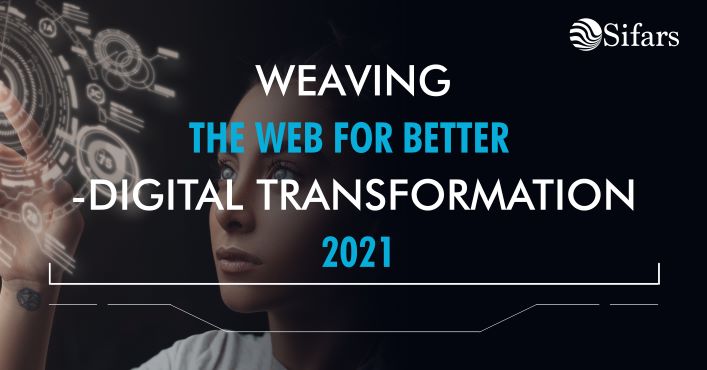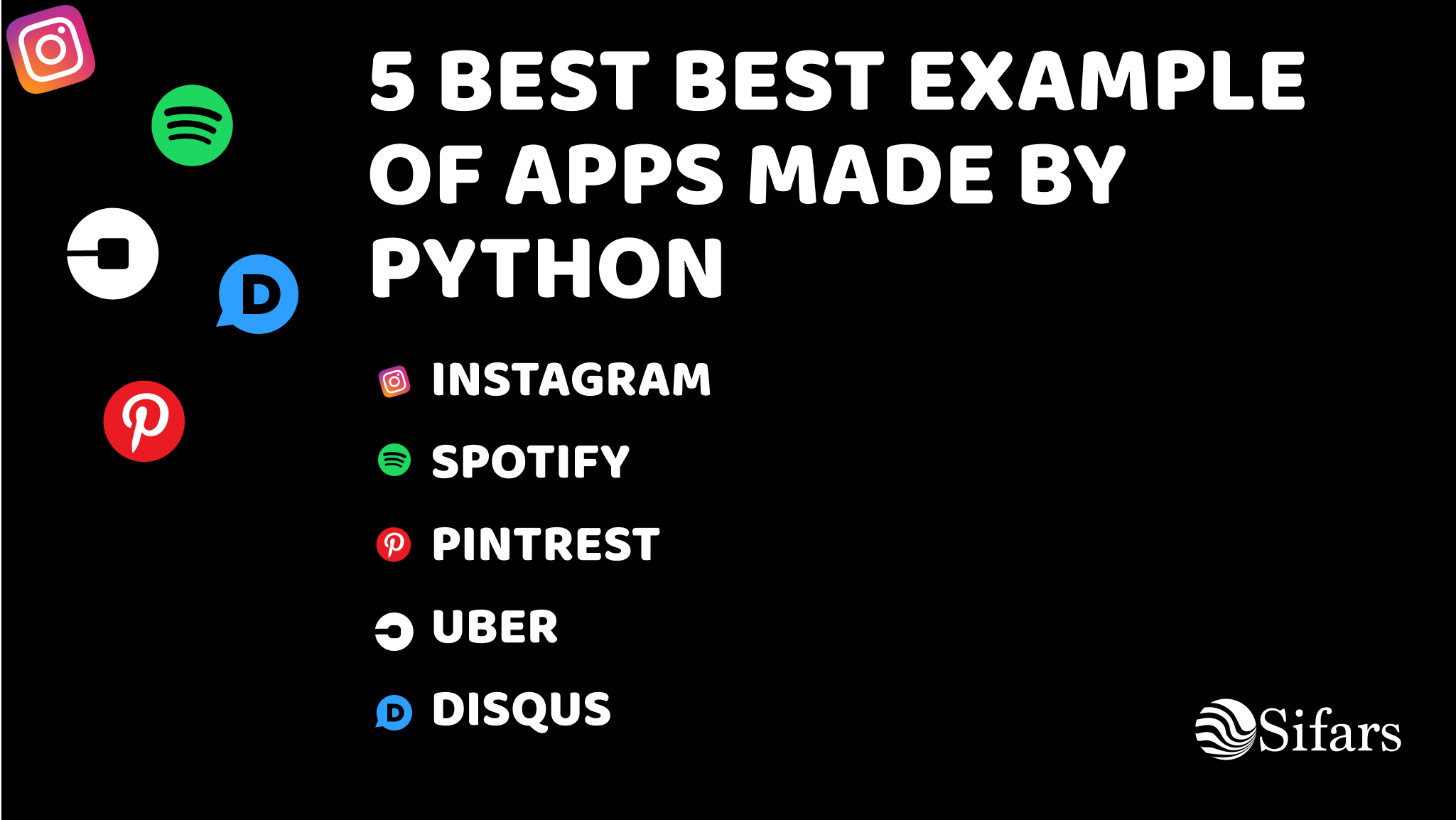What is a Web Development Framework?
The web application Framework is a software framework that is applied to support the development of web applications, web services, and web APIs. Let us understand like this- A simple recipe of tea requires water, milk, and tea bags. As you add sugar, cardamom, and ginger to it, its taste just starts developing more richer. You get tea that is better in terms of taste, texture, and aroma which leads to better times with peers.
Frameworks add taste and texture to your web applications. The type you choose results in the flavor of your application by providing it with diverse functionalities.
The frameworks here act as support systems or software frameworks that make your simple web frameworks act smarter and faster. Frameworks help build rich and interactive web applications that comply with modern technological advances.
A web app has a backend(server-side) and a Frontend (client-side) face. In the article that follows we have compiled the list of most trending web development frameworks in 2022 that will make your tea better than ever!
What are Frontend and Backend Frameworks?
The front end means the face of the web app. It is a platform for developing the style components by constructing files and associating the data with the DOM elements.
Backends form the base structure to the web apps. It provides a foundation and works for establishing RESTful Apis to Complete MVC structures. Here mentioned are some of the most trending backend and frontend frameworks in 2022, that work wonders in the web universe.
1. Express
One of the most trending Web development Frameworks, Express works as a catalyst for making smooth and rapid development of Node js-based web applications. Express js is a minimal and flexible framework that helps bring features that adorn the web application to compete with the technological advances. Express has an important place in the MEAN software bundle and has many features that are readily available as plugins. It is very flexible and supports REST APIs for smooth interaction and web experience.
- Trusted By- Accenture, IBM, and Uber
- Language: JavaScript
- Framework Link: http://expressjs.com/
2. Django
Django is an essential framework that promises security features. It has rich techniques and tools that help build a secure website and also implements the security features in the framework itself. One of the examples is by preventing the code execution in the template layer. Django is the beautiful Model-View Template framework that works with Python. It follows patterns like Convention Over Configuration and DRY that bring in customized authentication and message features to the web apps Django is a Model-View-Template framework that uses Python for web development.
- Language: Python
- Trusted by- Google, Youtube, and Instagram
- Framework Link: https://www.djangoproject.com
3. Ruby on rails
Another trending framework that works on the pattern of Model View Controller is Ruby On Rails. Rails is one of the simplest web development frameworks that are user-friendly for beginners. It offers faster and more efficient web development with library-like dependencies that bring smarter functionalities to the web applications. It is one of the beginner-friendly frameworks that promise efficiency with its many libraries like dependencies that result in adding functionalities to the app.
- Language: Ruby
- Trusted By- Airbnb, GitHub, Hulu, and Shopify
- Framework Link: http://rubyonrails.org
4. Laravel
Laravel promises smooth functionalities and is based on PHP promises its efficiency. It is also a Model-View-Controller framework and works with API support and packages that promise an efficient web app. Laravel was developed in 2011 and since then it works wonders for developing modern web apps. Laravel promises speed, performance, and efficiency with simplicity. Larcasts is a wonderful platform that provides a number of tutorials for you to start and master laravel.
- Language: PHP
- Trusted by: Laracasts.com, Alison.com, Barchart.com
- Framework Link: https://laravel.com/
5. Spring
Sring is a mesmerizing framework that also runs on Model-View-Controller with Java as its base foundation. Spring promises on performance and speed that help scale the business apps. Java undoubtedly gives more power to this framework as a strongly typed language. Spring was developed by Pivotal Software and is used worldwide for developing some powerful web apps. Spring provides its strong base in developing simple, portable, fast, and secure web applications.
- Language: Java
- Trusted by -Mascus, Allocine, etc.
- Framework Link: http://projects.spring.io/spring-framework/
6. CodeIgniter
CodeIgniter was developed by EllisLab as a web application framework that helps build dynamic websites. Today it has many developers that make the best use of the features of this framework. It is based on MVC architectural pattern but it has only model and view as optional features. CodeIgniter is a lightweight framework that helps make large-scale web apps. Certainly, it works wonderfully by promising speed and performance without carrying the burden of monolithic libraries.
- Language: PHP
- Framework Link: https://codeigniter.com/
- Trusted by – Bufferapp, The Mail and Guardian
7. PLAY
Play is the modern web app framework that works on the principle of excellence with optimization. It iscompilation in Java and scala language. It works by using convention over configuration, hot code reloading, and brings the display of errors in the browser. Play also works on MVC architecture and brings in the best of optimization and productivity. It is also known as “The High-Velocity Web Framework”.
- Language: Scala and Java
- Trusted by LinkedIn, Coursera, LendUp,
- Framework Link: https://www.playframework.com/
8. METEOR
Meteor JS is a framework that helps build simple yet real-time mobile web apps. It helps develop rapid prototyping and produces single code for all. In other words, it facilitates cross-platform development (Web, Android, iOS) with one single code. It complements the web app development with its cloud platform called Galaxy that simplifies deployment, scaling, and monitoring.
- Language: JavaScript
- Trusted by- HaggleMate, WishPool, Telescope
- Framework Link: https://www.meteor.com/
9. ASP.NET
ASP.NET was developed by Microsoft that is compatible with developing web applications for both Desktop and mobile. It helps build some high-performance web applications that make use of NET and bring some mesmerizing results. It is a lightweight framework that brings Power, productivity, and Speed to the web applications
- Language: C#
- Trusted by- GettyImages, TacoBell, StackOverflow,
- Framework Link: http://www.asp.net/
10. Angular
Angular is a mesmerizing frontend framework that helps build some sich Single Page applications. The framework helps add functionalities and face-to-client-side applications. It evolved and uses Typescript which is a superset of javascript. Angular js. was developed by Google hence it delivers performance with efficiency. Most importantly, it is one of the favorite frameworks of developers to build large-scale and high-performance web applications that speak for themselves.
- Language: JavaScript
- Trusted by Google, Microsoft, and Paypal
- Framework Link: https://angular.io/
11. React
React is a front-end library used by developers for its unconditional performance and support. Firstly, React js introduced the component-based architecture that was later adopted by many other frameworks. React has multiple features amongst them is React’s virtual dom that makes the dom-manipulation much faster. Also, it has JSX syntax that helps establish links to server-side or client-side.
- Language: JavaScript
- Trusted by Google, Facebook and Sifars
- Framework Link: https://reactjs.org/
12. Vuejs
Vuejs is one of the most trending javascript frameworks that is used by many developers for creating some outstanding projects. Vue js is the first progressive framework that promises to deliver exceptional results on existing projects too. Vuejs also comes with the component architecture and Vue ecosystem for building some complete frontend applications. Vue js promises efficiency with simplicity.
- Language: JavaScript
- Trusted by- Behance, Nintendo, Chess,Gitlab.
- Framework Link: https://vuejs.org/
13. EMBER
Ember is one of the best javascript frameworks available. It has since ever been developing enormous features and releases that make it even stronger and more secure. Ember js comes with two-way data binding and many other features and components that make Ember popular. It is also known for its uncompromising efficiency as it eliminates time-wasting activities and continuously adopts some best JS practices in its core design that make a new version of itself.
- Language: JavaScript
- Trusted by : Google, Microsoft, Heroku, and Netflix
- Framework Link: https://emberjs.com/
14. Backbone
Backbone is one of the frontend frameworks that is extremely lightweight and is most suitable for building rich Single Page web apps. It also works on the MV pattern and as such partially takes part in the MVC architectural pattern. Backbone takes its stand on the code dependency known as Underscore library that works for building a vibrant ecosystem for the web apps.
- Language: JavaScript
- Trusted by : Google, Microsoft, Heroku, and Netflix
- Framework Link: https://backbonejs.org/
Final Word
This is the compiled list with the trending Web development Framework in 2022. Certainly, the list is not according to any order and is just a random compilation only. Every framework comes with its own set of PRos and cons that make it favorable for the developers. Though some of the frameworks have some similarities they promise speed and performance for the smooth functioning of the web apps. This list is just a snapshot of some of the frontend and backend frameworks. There are many other Web development frameworks that help build a strong ecosystem of frameworks for developers. Choosing amongst them is a decision that works on the factor of project goals that actually matters in making the web apps.







